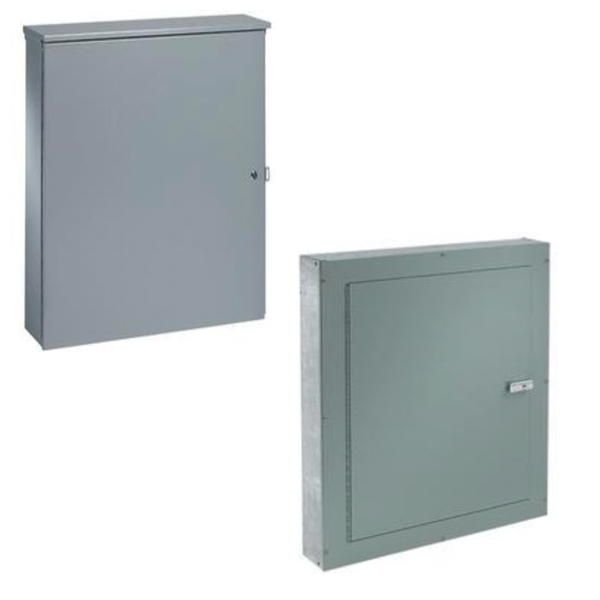Telephone Junction Boxes

Telephone junction boxes allow for signals to be split or joined at key juncture points in networks to ensure that everyone is connected effectively and provide means for the distribution of signals among multiple lines. Made from solid materials (plastic, metal, and in the past, fiberglass), they are designed to tolerate extreme environmental conditions such as rainfall, dust storms, high humidity, and wide temperature ranges to guarantee reliable service anytime and anywhere.
Inside a telephone junction box, you will see terminal or punch-down blocks. These help create a neat and secure space for all the many connections (using coaxial cables, bare wire, etc.) to be made in the box.
The internal connections of phone junction boxes are adequately protected through weatherproof and tamper-proof designs. These boxes usually come with gaskets to make a good seal against an enclosure, and most are now equipped with audacious locking mechanisms. The enclosure keeps rain and snow out of the access doors and pokes quite well.
Is the phone company the only company that can use a phone junction box or can cable tv be routed there as well?
While phone junction boxes are primarily designed for phone line connections, they can sometimes be used for other low-voltage communication services such as cable TV or internet wiring.
Enclosure Selection Basics
Electrical enclosures are cabinets that are designed to house electrical components. Their main function is to protect the components, as well as to protect the operators from electrical hazards. Enclosures are typically made of solid plastics, fiberglass and metal materials, such as carbon steel, stainless steel and aluminum.
One of the most important things to consider when selecting an electrical enclosure is the NEMA rating. NEMA stands for National Electrical Manufacturer Association. They have developed a rating system which determines the types of environments an electrical enclosure can be used in.
NEMA 1 and a NEMA 12 enclosures
Both of these enclosures are intended for indoor use only. They are both dust resistant. The NEMA 12 enclosure is rated for damp environments. The NEMA 1 is rated only for dry environments.
NEMA 4 and NEMA 4X enclosures
Both of these enclosures can be used indoors as well as outdoors. They are both dust resistant. They are also water resistant and corrosion resistant. NEMA 4X has an extra layer of corrosion resistance.
NEMA 7 enclosures
This is a more specific type of enclosure that is rated for use in hazardous environments. It is rated to contain an explosion within the enclosure and not cause any sort of external hazard.
Size
When selecting the size of an enclosure, it is important to consider the following: how much space will the electrical components occupy, how much space is needed around each component, is there enough room to run all of the wires and how much space is needed outside of the enclosure?
Temperature
When selecting an enclosure, it is important to consider both the ambient temperature and the temperature that is generated inside of the enclosure. When an enclosure is located outside in direct sunlight, that heat can be transferred inside the enclosure. Also, each component inside of the enclosure generates a certain amount of heat.

